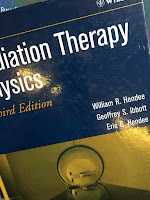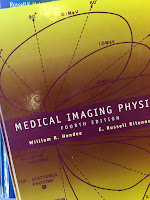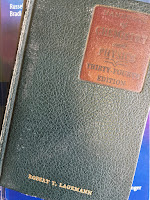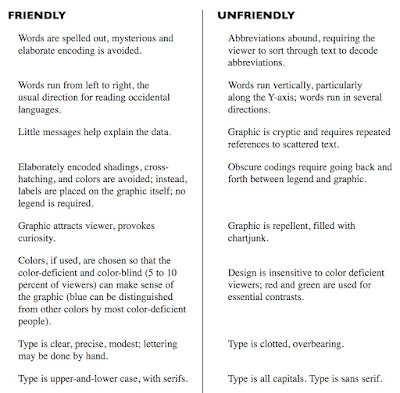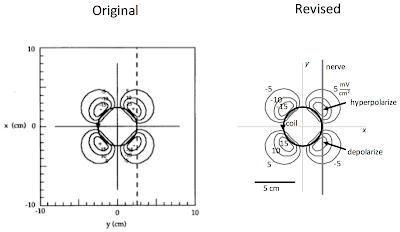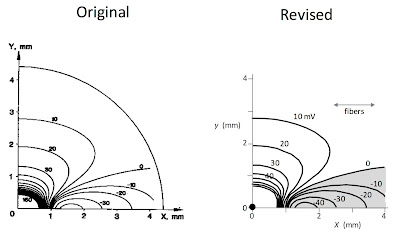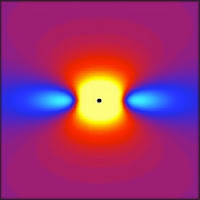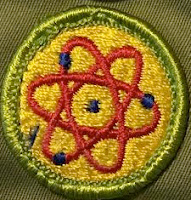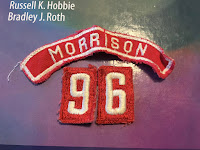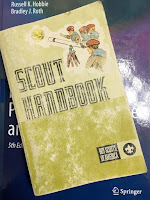OUTV Interview
I was recently featured in a Focus on Faculty interview filmed by the Oakland University TV station (OUTV). I uploaded a copy to Youtube, and you can view it here. I apologize for the hair; I was supposed to get a haircut before filming began, but I got busy. Watch for a cameo by IPMB. |
| (l-r) Daughters Kathy and Stephanie with me, and with Auggie, Smokie, and Harvest. |
Harvest
Long-time readers of this blog will remember Suki, my beloved Cocker Spaniel-Westie mix who helped explain concepts in IPMB. After her death about a year ago, my wife and I decided to get another dog. Let me introduce you to Harvest, our 65-pound Treeing Walker Coonhound. She is as lovable as Suki (though not quite as smart). We adopted her from the Making Miracles Animal Rescue. On the right is a picture of me with my daughters Kathy and Stephanie, along with Harvest and my two granddogs Auggie (the foxhound) and Smokie (the greyhound), about to start a 5k walk. We like to take them to a dog park, and as we enter yell "Release the Hounds!" |
| The photo of Harvest and me published in the October 2018 issue of Physics Today. |
 |
| Harvest with the IPMB Ideal Bookshelf. |
Live Action IPMB Ideal Bookshelf
The logo for the Intermediate Physics for Medicine and Biology Facebook page is a drawing of the IPMB Ideal Bookshelf. You know how Disney often makes live-action movies out of previous animated shows? (Dumbo is the most recent example.) I’ve done the same thing. Below is a photograph of the “live-action” version of IPMB's My Ideal Bookshelf. Harvest helped me with the filming, so on the right I include a photo of her on the set. |
| The IPMB Ideal Bookshelf, consisting of books cited in Intermediate Physics for Medicine and Biology. |
How to Get Published
Below is a video (divided into two parts) of Michael Sevilla (Distinguished Professor of Chemistry at Oakland University) and me talking to a group of graduate students about how to publish their research. Enjoy!
Part 1 of a discussion about Academic Publishing: How to Get Published
in a Peer Review Journal, held Nov. 15, 2013 at Oakland University and
hosted by the graduate student group Grad Connection. The host is
then-graduate student George Corser, and the guests are Brad Roth and
Michael Sevilla.
Part 2.
